7 Apple Health tips and tricks to get you fighting fit
An Apple (product) a day keeps the doctor away


There are a few things that unite the nation - The Traitors, a love for David Attenborough, and thoughts on meal deals aside. But one of the things that’s pretty much omnipresent across all Brits is a worry about health. Whether it’s the looming fear of an illness that runs in the family, or the fact that you Google your symptoms every time you have a headache and self-diagnose a subdural haematoma, even the healthiest of folks are keeping an eye on it.
So, it’s no real surprise that people are investing more and more in health trackers like smart watches, high-tech sleep-aids, techy rings, collagen lip balms, cortisol nasal strips - you name it, Holland & Barrett probably sell it. But what about maximising the gadgets you already have in your pocket? We headed down to Apple's London headquarters to find out more about how to optimise using the Apple Health app on iPhone alongside Apple Watches and AirPods.
1. It prioritises baseline health
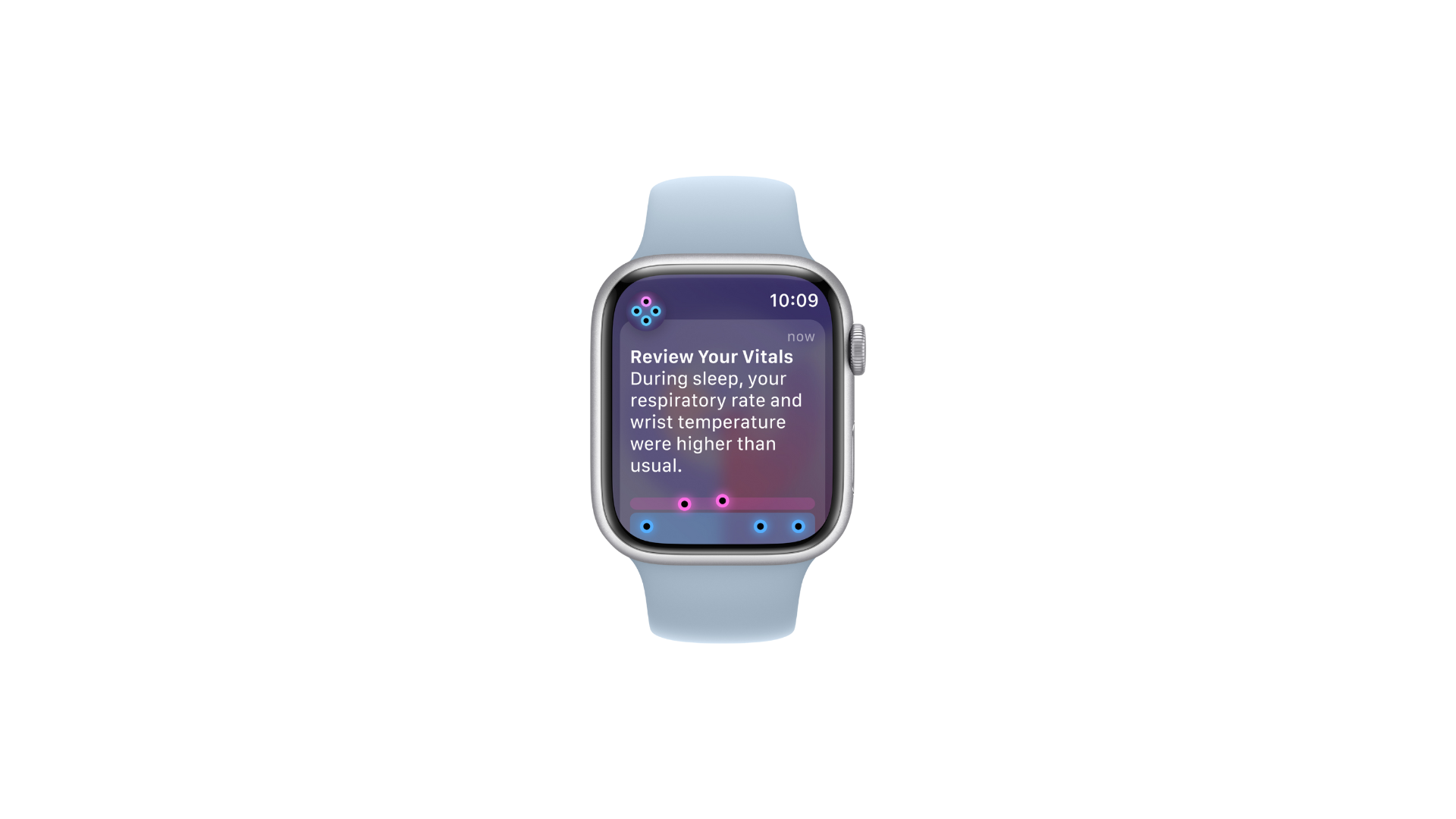
Apple’s Health app is centred around the idea that health and disease are not binary, encouraging users to build a picture of their own health, to work out what is healthy for them, so that you can maintain your health before you’re even in a state of ill-health.
By monitoring things like your heart rate, respiratory rate, and temperature, amongst others, the app builds a sort of personal health passport, making it easier to spot abnormalities that are specific to you. This is useful because when you visit your local GP with a concern, you already have a picture of your health, rather than having to wait for tests to find this out, meaning you can usually get an answer more quickly.
2. You can do an entire ECG from the Apple watch
This is where it starts getting cool. You know an ECG? Those heart monitor tests that you used to have to wait months to get? Now, you can do one just with your Apple Watch. An ECG records the timing and strength of the electrical signals that make the heart beat.
All you need to do is use the ECG app on the device. First, put your index finger on the watch’s crown - this creates a complete circuit from your wrist.
The circuit goes all the way up your watch-wearing arm, across your chest, down the other arm, connecting back to the watch, taking an ECG. In just 30 seconds. Pretty revolutionary, right?
Get exclusive shortlists, celebrity interviews and the best deals on the products you care about, straight to your inbox.
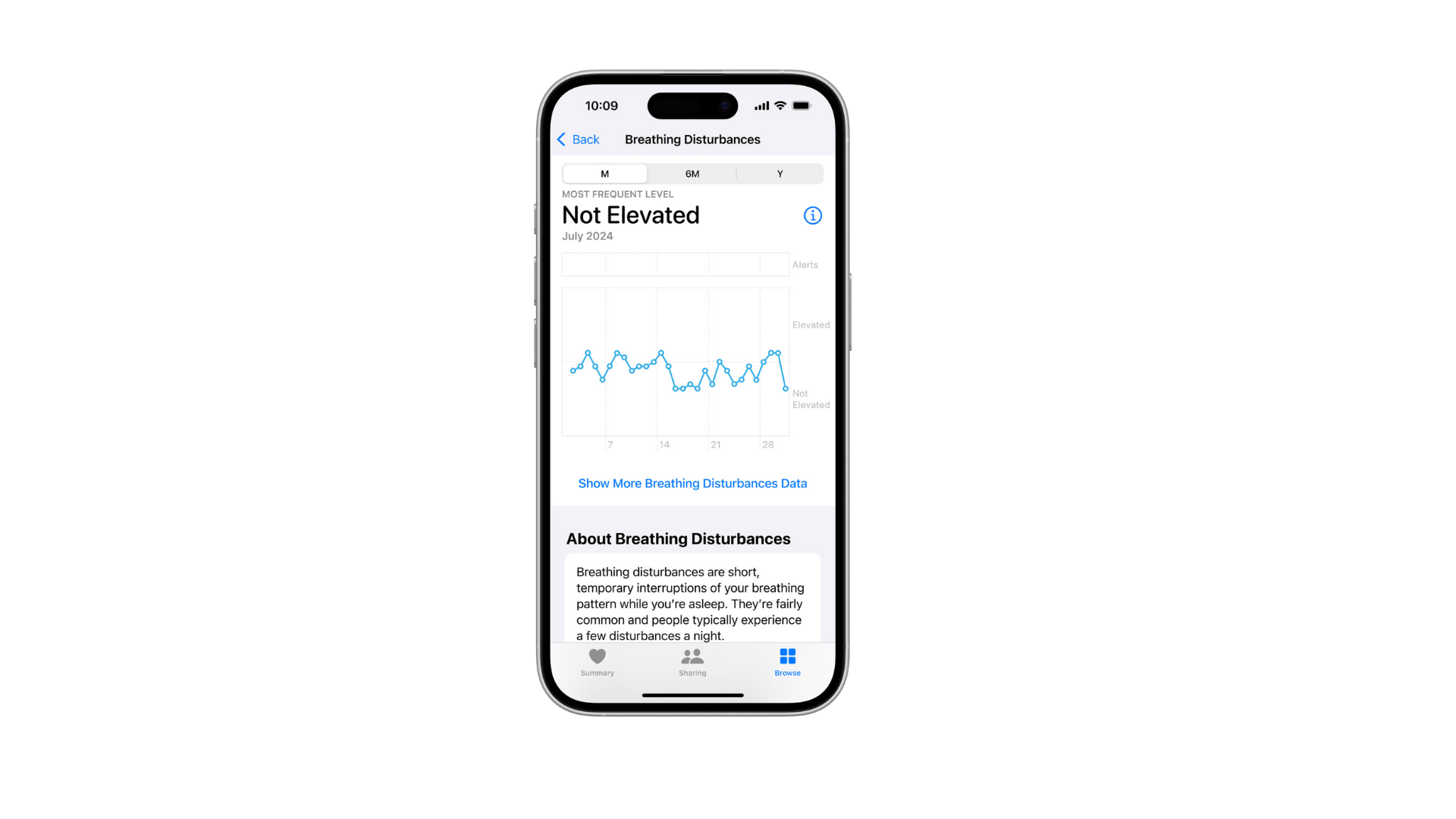
3. It monitors whether your heart is in a-fib or sinus rhythm
These might be phrases you’ve only heard in medical procedural dramas, but in layman's terms, a sinus rhythm means the heart is beating in a uniform pattern between 50 and 100 BPM. A-Fib - short for Atrial fibrillation - is essentially an irregular heart rhythm, and the most common form of serious arrhythmia. It can often be asymptomatic, so being able to monitor this yourself means it can be easier to discover and do something about. Version 2 of the ECG app can check for AFib between 50 and 150 BPM.
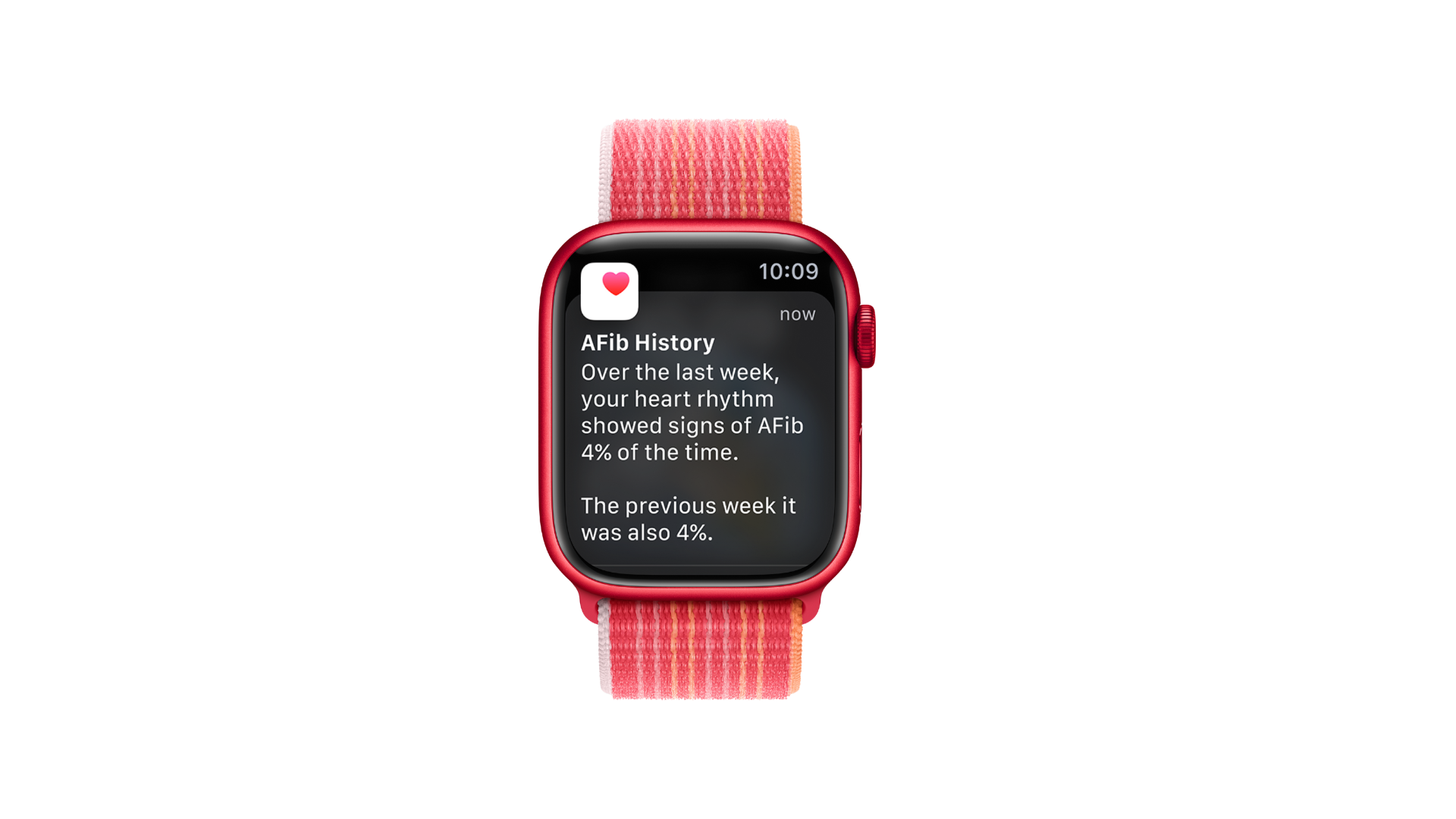
4. You can do a hearing test at-home
Anyone else permanently worried they’re heading towards deafness every time they subject their ears to the brutal screeching of the tube? Especially if you're stuck on the Jubilee line?
To help ease your worries, Apple’s latest health app has a handy hearing test you can do whenever you like. The hearing test can identify if you have hearing loss, just by measuring your hearing ability at different frequencies, measured in decibels. It’s just another feature that can help you get ahead of any potential problems sooner rather than later.

5. You can share your health data with chosen family members (including seeing your partners menstrual cycle, so you don’t have to ask)
If you have an elderly relative who lives by themselves or far away from you, their health can be a constant worry, especially if you’re not sure what’s going on. However, the Health app allows you to share data with certain friends and family - including sleep, heart rate, falls, and hearing.

Also, and we know this might not sound as revolutionary as the ECG thing, but stick with us here — you can also share your menstrual cycle with your partner. Apple’s health app tracks your menstrual cycle anyway, as you can input data about bleeding, symptoms, and pregnancy, and then the app will pretty much do the rest - predicting when you’ll be most fertile, ovulating etcetera. Super helpful if you’re trying to start a family, or simply be a supportive partner.
But, even better, it means you can subtly check if your partner is on their period without having to ask. (Trust us, it’s the most annoying question to be asked whether you’re on it or not - never a good time to ask). Apple, doing its part for the relationship statuses of the world.
6. You can export all your health data into a PDF and send it straight to your doctor
All the data collected can be shared with your doctor with a couple of simple clicks. Export to a PDF will appear as a button at the top of each segment, tap it, and email it straight to whoever you want - although, maybe don’t send it to your boss.
It keeps things super simple, but it also gives you autonomy and agency over your own health data. Which incidentally is encrypted, so even Apple can’t access its details.
7. It can input data from third-party apps
Most of us have other apps outside of the built-in Health app to track various bits and pieces. Whether it’s a sleep app, food diary, water tracker, Strava, or Runna, rather than keeping track of these separately, you can choose to import their data and centralise it with the Health app, meaning you can get a more streamlined, overall picture of your health.

Hermione Blandford is the Content Editor for Shortlist’s social media which means you can usually find her scrolling through Instagram and calling it work, or stopping random people in the street and accosting them with a mini mic. She has previously worked in food and drink PR for brands including Johnnie Walker, Tanqueray, Gordon's, The Singleton, Lagavulin and Don Julio which means she is a self confessed expert in spicy margaritas and pints, regularly popping into the pub in the name of research.
You must confirm your public display name before commenting
Please logout and then login again, you will then be prompted to enter your display name.
-
 Ten tips on how to smash your marathon training according to a PT — whether it’s your first or your fifteenth time
Ten tips on how to smash your marathon training according to a PT — whether it’s your first or your fifteenth time*re-downloads Runna*
-
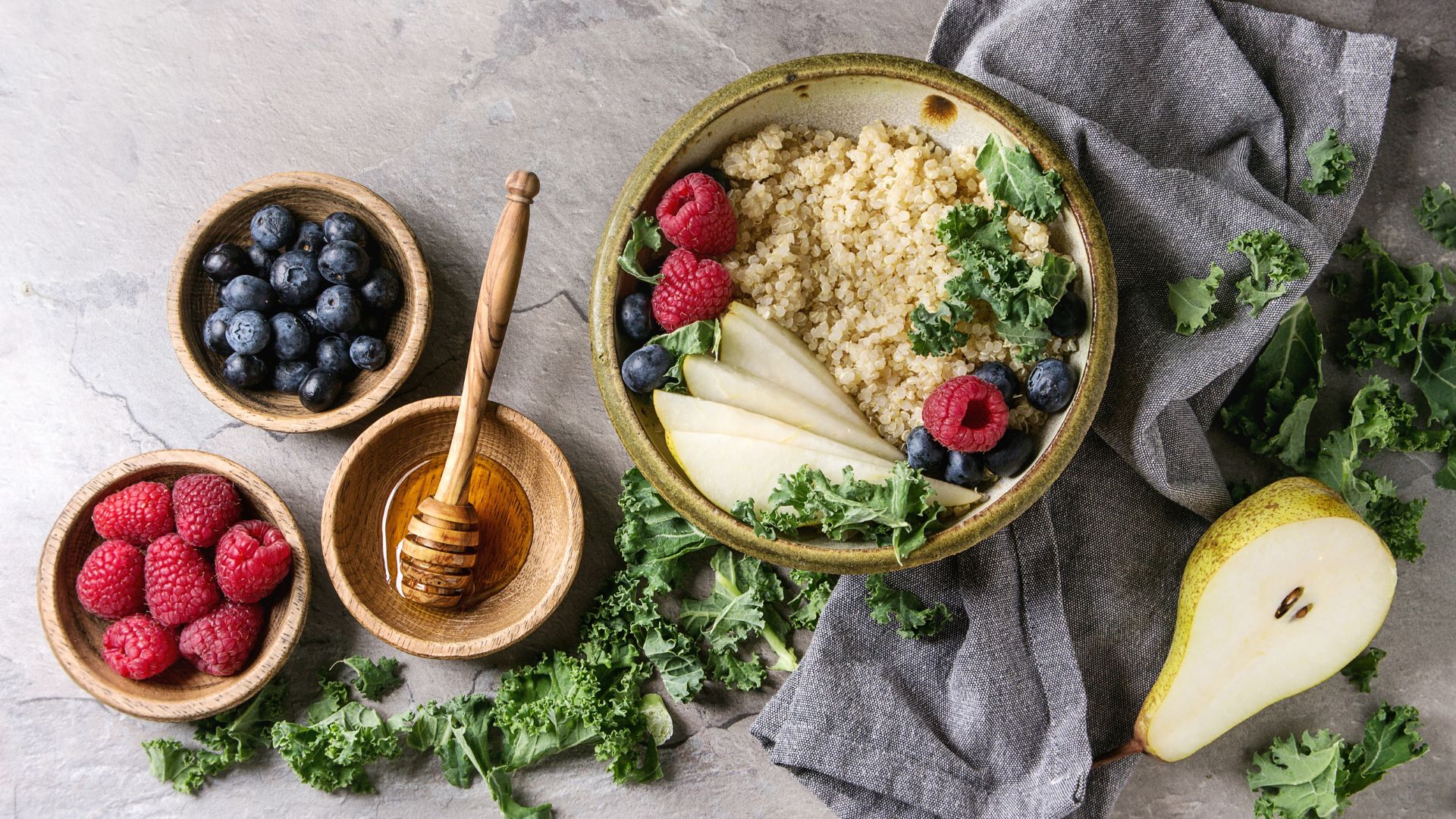 Feeling the cold? Five nutritionist-recommended foods to keep your immune system fighting this autumn
Feeling the cold? Five nutritionist-recommended foods to keep your immune system fighting this autumnStockpiling the Lemsip as we speak
-
 London is getting a massive new lido swimming pool
London is getting a massive new lido swimming poolPending approval from the powers that be
-
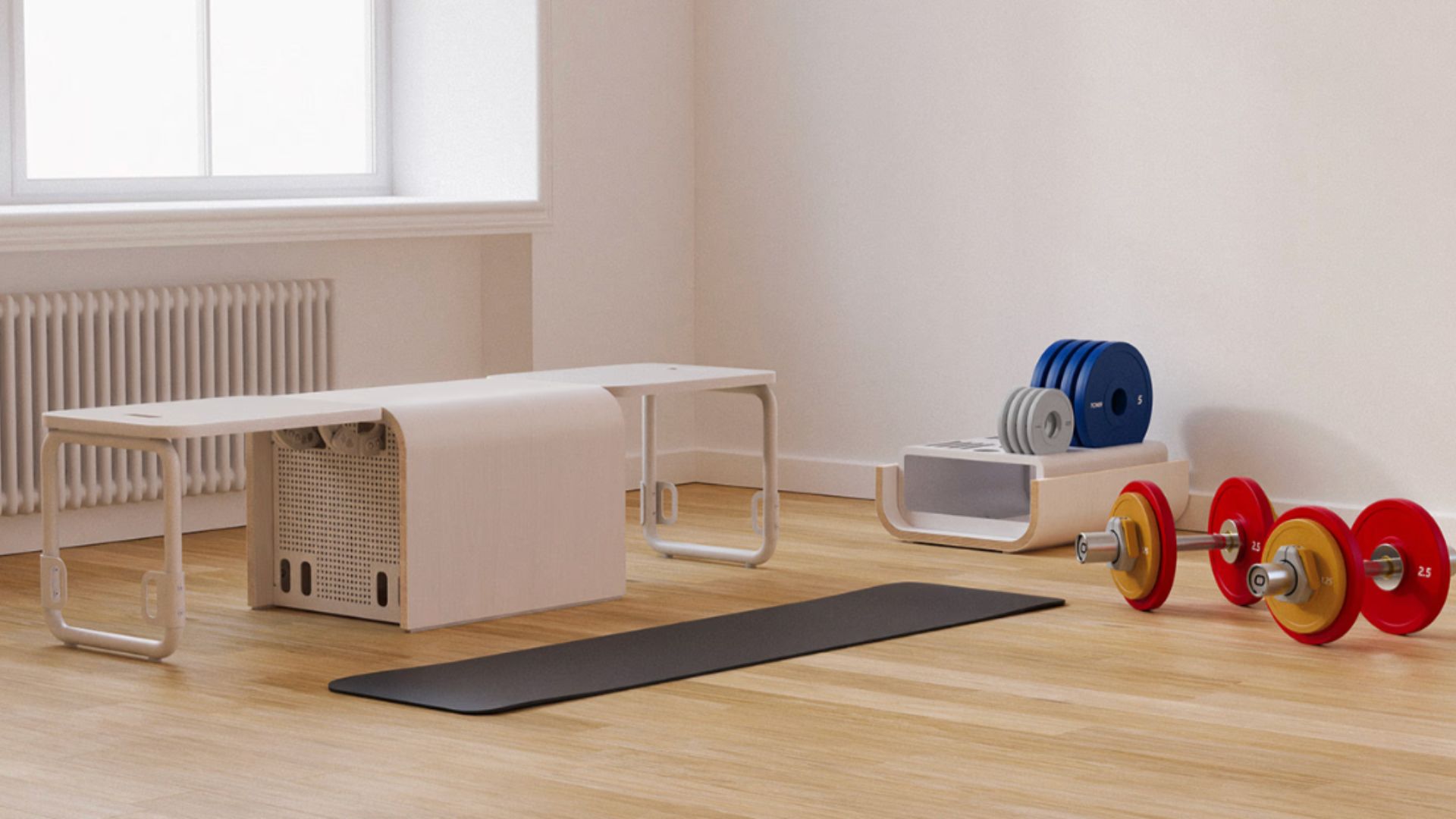 TonerBox is an entire home gym in a box designed for compact living spaces
TonerBox is an entire home gym in a box designed for compact living spacesBit of a stretch
-
 Suffer from sleep apnoea? No problem — blow into... a conch?
Suffer from sleep apnoea? No problem — blow into... a conch?What the shell??
-
 METRIX: 6 things to know about the immersive "gym-meets-nightclub" workout competition where £5k is up for grabs
METRIX: 6 things to know about the immersive "gym-meets-nightclub" workout competition where £5k is up for grabsHyrox's less intimidating cousin
-
 Borat goes buff: Sacha Baron Cohen and five other actors who seriously shaped up for a role
Borat goes buff: Sacha Baron Cohen and five other actors who seriously shaped up for a roleNo, it still doesn’t motivate us to go to the gym before work

